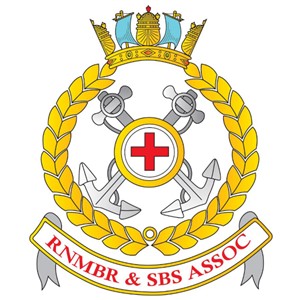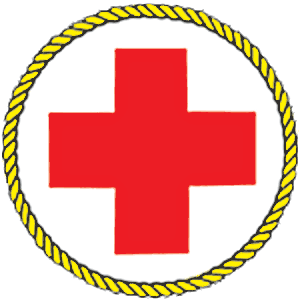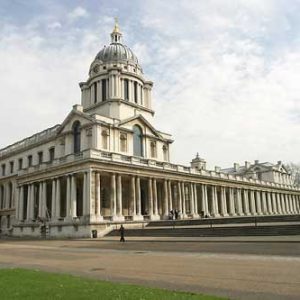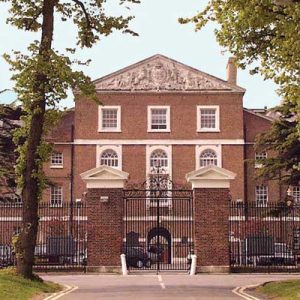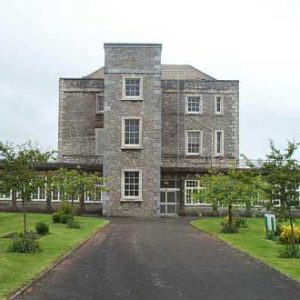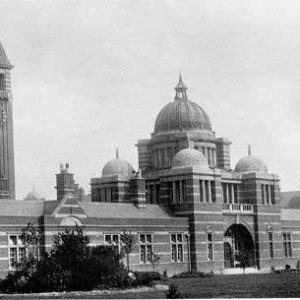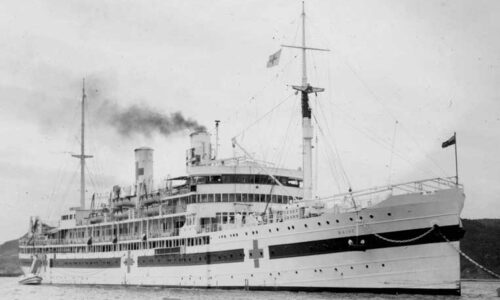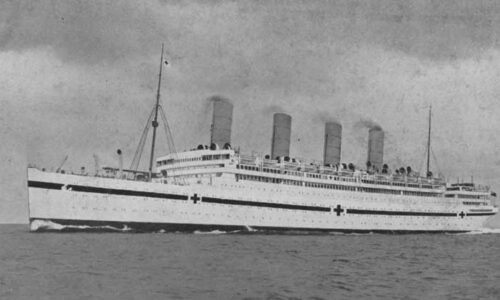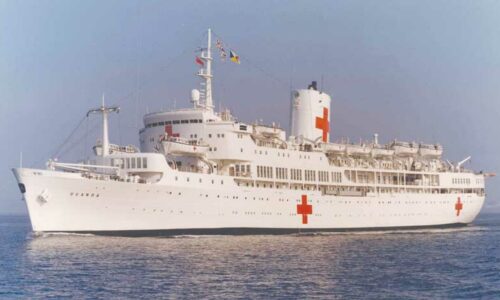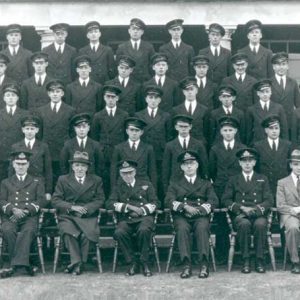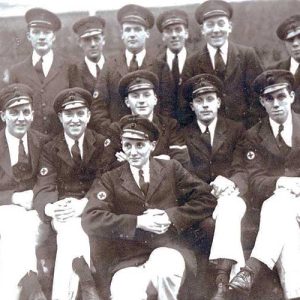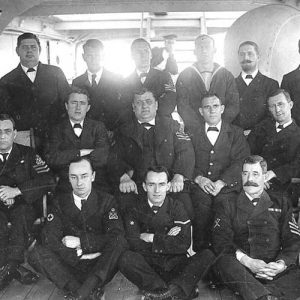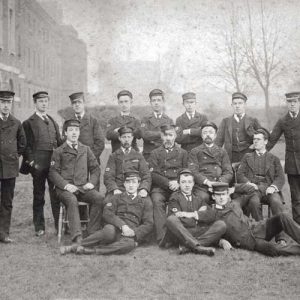RN Medical Branch
There was no demand for ship’s surgeons during medieval times, as the navy’s primary role was a transport service plus all sea fights took place within easy reach of the coasts. Disabled mariners often found themselves homeless. Hospitals of a kind known as Houses of Pity were run by monks of various religious orders. Church edict of 1308 decreed that all students of medicine be obliged to study the scriptures translated from Arabic, Greek and Latin.
By 1424 a charter was given to the new guild of ‘Barber Surgeons’
On occasions medical men had been known to work with the Army and Navy, It is difficult to give an exact date for the appointment of sea-surgeons. The appointment or attachment was for the personal attention to the King, as at Agincourt in 1415, or to the Ship’s Captains. It does appear that many British Tudor warships carried one of the new breed of barber-surgeons and it is apparent from the medical artefacts recovered from the Mary Rose that their medical knowledge was of a wider scope than once thought. About 1597 the expression ‘loblolly’ boy was first noted. Oxford Dictionary lists the following definition Loblolly derived from ‘Lob’ to bubble or boil especially porridge and ‘lolly’ – broth boiled in a pot. The Royal Navy copied the expression ‘loblolly’ boy as associated with anyone who helped the surgeon. When the loblolly boy was not making up medicines or winding bandages he could be seen spoon-feeding invalids with broth or burgoo – a kind of porridge.
More power was given to the Company of Barber Surgeons when they were requested to administer all arrangements for the entry of sea surgeons to the Royal Navy. On some occasions they were obliged to enforce their entries by the use of the Acts of Impressment when because of the increase in the number of warships, more surgeon were needed. Certainly the practice of having surgeons aboard warships of any size increased and even their use in hospital ships.
The first recorded hospital ship ‘Goodwill’ joined the Mediterranean Fleet in 1620. She was either a converted fifth rate warship, ie. one that carried around 32 cannons, or converted merchantman. To make the ship more hygienic, gratings were cut in the wooden side planking so as to increase ventilation. She carried one surgeon and a surgeon’s mate and three attendants.
1694 saw the foundation of the Royal Hospital at Greenwich by William and Mary for the ‘relief and support of seaman who by reason of age, wound and other disabilities shall be incapable of further service at sea’. The promised relief did not arrive until the end of the century when the first 42 patients were admitted. At the time, invalids and pensioners numbered almost 3000.
Eventually the recommendations of the Sick and Hurt Board were partly met by the opening of HASLAR HOSPITAL in 1753. RNH Stonehouse was completed in 1762. It was an improvement as formerly, sick and wounded seamen in the Portsmouth area were billeted ashore in taverns and hovels. In one year approximately 800 accommodated in this manner, over 900 died and 1000 absconded. In 1755, 25 men escaped from Haslar through the sewer.
In 1805 Naval Surgeon Dr Trotter suggestion had been acted upon by Admiral the Earl St Vincent. He gave orders each ship had a Sick Berth compartment and advised the layout of the new areas. These encompassed the space in the ships bow through which the chimney from the galley on the deck below came, thus giving the sick berths a kind of ‘ central heating’.
In 1827, the Melville hospital at Chatham opened its doors under the courtesy title of ‘Royal Naval Hospital, Chatham’ though the purpose built RN Hospital, Chatham was not completed until 1905.
In 1833 with the expansion of British Trade four overseas stations established with the imposing name ‘hospital’ – Malta, Jamaica, Bermuda and Simonstown, as well as around forty ‘Sick Quarters’ in the British Isles.
Also in 1833 a directive was issued to the Commanding Officers in the Fleet to organise a “Sick Berth Attendant” category of naval rating in each ship. From that date the new title appears in the wage tables of the Navy together with their varied rates of pay:
Assistant Sick Berth Attendant 1s4d daily (6.1/2p)
Sick Berth Attendant 1s9d daily (9p)
Sick Berth Steward 2s5p daily (12p)
Order in Council dated October 1884 – this authorised the establishment of a Trained Sick Berth Rating staff and supported the formation of a trained female nursing staff for work in Naval Hospitals. Committee: 15 Doctors against and 15 were in favour. So was born the concept of trained Sick Berth Ratings and trained Naval Nursing Service with royal patronage QARNNS. Target figures of 396 SB Ratings for the whole of the navy, 223 afloat and 173 in Naval Hospitals. Recruits – over 18, literate, capable of doing simple accounts and physically fit.
In 1885, vacancies for Trained Nursing Sisters between the age 25 – 40 with 3 years nursing experience in hospitals nursing male patients.
1 Head & 8 Sisters appointed to Haslar
1 Head & 5 Sisters appointed to Plymouth
In 1891, Sick Berth personnel were given new style uniforms – Double breasted jacket same as worn by CPO’s. Nick name ‘Sick Bay Tiffy’.
Training – Short course of disciplinary training. Followed by professional training – 3 months, extended to 6 months – then to 12 months at Haslar or Plymouth Hospital.Members of the RN Sick Berth Staff, also known as Sickbay Stewards, along with Wardmaster Officers and WRNNS Sick Berth Staff served with distinction alongside their QARNNS and VAD colleagues in both wars, serving onboard Ships and Hospital Ships and in RN Sick Quarters and Hospitals throughout the world from Ceylon to Malta to name but two.
Specialist training was also undertaken following initial training and covered such medical specialities as Pharmacy, Physiotherapy, Registered Nurse and Operating theatres.
Following WWII Sick Berth Staff continued to serve in all theatres of conflict with RM trained members gaining the coveted Royal Marine Green Beret.In 1965 the branch underwent a major structure change and the Sick Berth Branch gave way to the Royal Naval Medical Branch with Technical Specialities and Medical Assistants.
Today’s Medical assistants are continuing to serve the fleet and in all theatres of operation worldwide.
Click on the pictures to enlarge.

